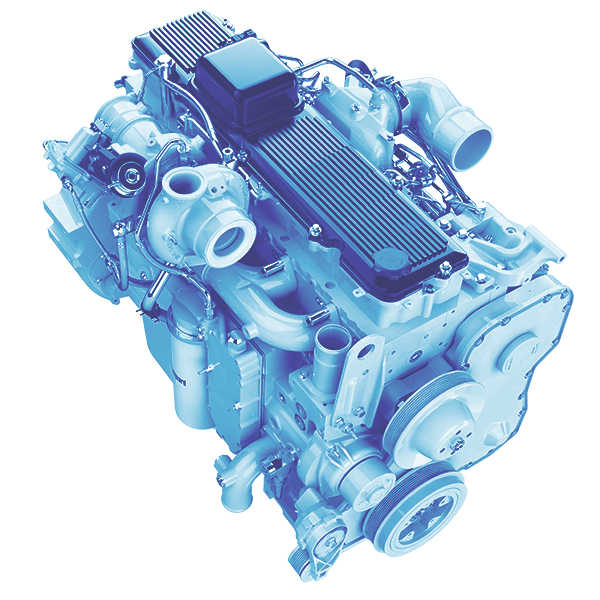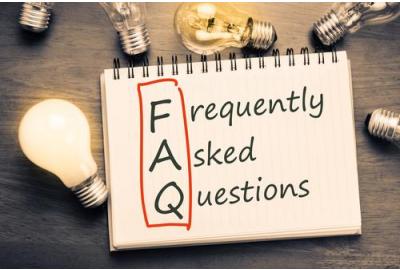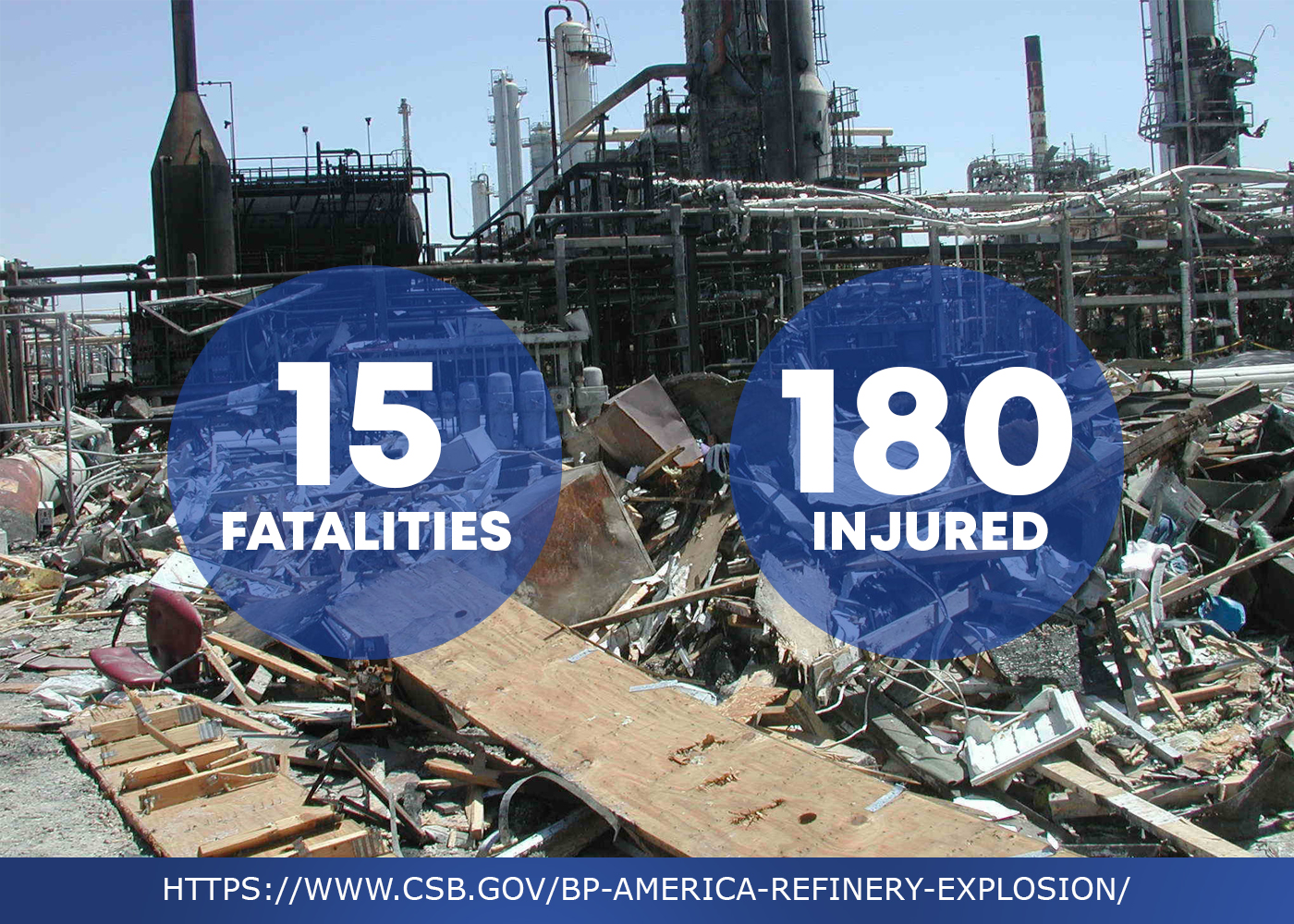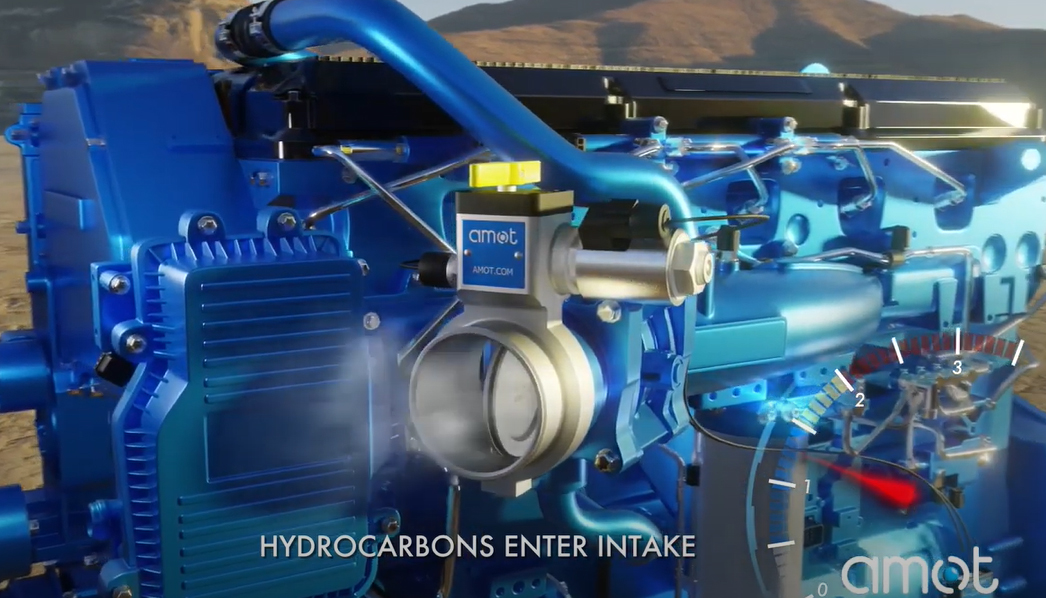Looking for answers? From "how does a positive air shut off work?" to "what size valve do I need?", these are the diesel engine safety questions we most often hear from our customers.
Why do I need a positive air shut off valve?
Airborne hydrocarbons (combustible vapors) present a threat to the controlled operation of a diesel engine. These gases can be drawn into the air intake system, causing the engine to accelerate (overspeed) out of control. This scenario is called diesel engine runaway and often leads to engine/equipment damage, explosions, and injury. A positive air shut off valve will block the engine's air supply and safely shut down the engine. Check out our video on diesel engine runaway to better understand how this happens.
Is a "runaway" always catastrophic for a diesel engine, or is there a safe way to contain/stop it?
If not stopped, diesel engine runaway can lead to tragic accidents like we saw at the BP Texas City Refinery in 2005 or the Deepwater Horizon rig in 2010. However, automatic air intake shut off valves are the safest, most reliable way to prevent diesel engine runaway. Check out this video from our YouTube channel to learn more about the BP Texas City accident.
Can a runaway diesel be stopped by occluding the exhaust pipe?
The most reliable way to stop a runaway diesel engine is by cutting off the air supply through the intake. This can be safely done with devices called positive air intake shut off valves. Check out this video from our YouTube channel to learn how these systems operate.
Can a modern diesel truck engine such as a 6.7 Cummins or Powerstroke 'runaway'? Or do they have an emergency shutoff?
Yes, modern diesel engines can runaway. Since all diesel engines utilize clean air being drawn in through their air intake system to operate, even modern engines can runaway if an uncontrolled fuel source (i.e. hydrocarbon/flammable vapor) is ingested.
Can I use a fuel shut off system instead of a positive air shut off valve?
No. The airborne hydrocarbons become your engine's fuel source. Even though the conventional fuel source (diesel) has been cut off, the engine will continue to run on the gases carried in through the air intake system. In order to shut down the engine and prevent overspeed, the air intake system must be closed off.
How does the positive air shut off valve work?
The air shut off valve is mounted as close as possible to the engine's air intake manifold. When flammable vapors enter the air intake and the valve is actuated, airflow to the engine is ‘cut off’ prohibiting any further engine operation. This animation shows how it works.
Do you make valves to fit different engines or are they one-size-fits-all?
AMOT manufacturers valves to fit virtually every engine model, from small rental equipment to heavy duty trucks to high horsepower fracking engines. Our brands are known throughout the world as reliable protection against diesel engine runaway and include Chalwyn, Roda Deaco, Rigsaver and AMOT. For help specifying the correct valve, visit our product page and filter by application, size, actuation and more. Or, contact us and we’ll be happy to help.
Should I buy a manual or automatic system?
Many companies today require that your vehicle/machine/engine be equipped with a fully automatic system. Some companies may only require very basic manual controls. However, a positive air shut off valve is a safety device that protects your equipment and the people working around it from damage or injury, and an automatic system is the most reliable method to stop an engine that has begun to overspeed. This video explains more.
How do I know what size valve I need?
You will need to measure your engine’s air intake diameter at the point of installation. If you have a hose, use the inside diameter; if you have a pipe, use the outside diameter. If you have multiple intakes (i.e., V-style engines), you will need multiple valves. Our selection guide can help you choose the right valve.












